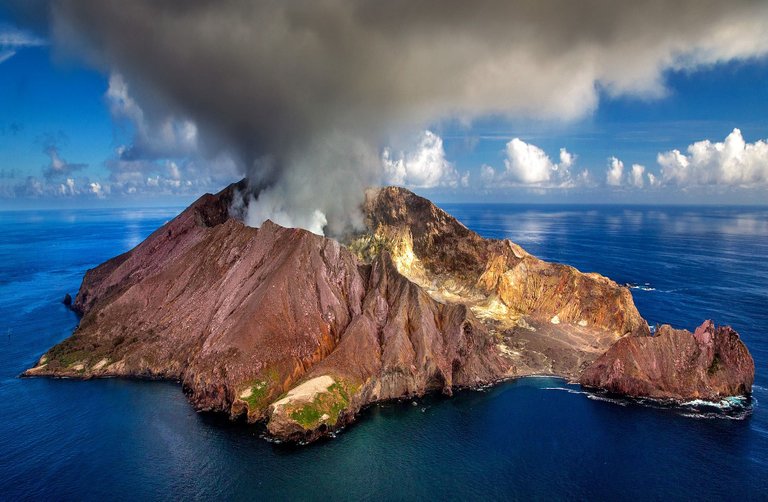Solving Climate Change With Geoengineering
We do know well that the Earth can be cooled down with volcanic eruptions or even large forest fires. But imitating such events isn’t easy. But experts from the NOAA developed a way that may be able to do it.

Image by Julius Silver from Pixabay
- Be also sure to check out my other posts and follow me @kralizec and subscribe to my Youtube channel at Kralizec Gaming Youtube Channel
Humanity actually knows of ways how to quickly cool down the planet. If truly needed. But what we truly need is an appropriate and effective technology to achieve it. Few of the things that could inspire us are volcanic eruptions or even large forest fires. For example, in 1991 the Filipino volcano Pinatubo erupted in one of the largest volcanic eruptions of the 20th century and the global temperature decreased by 0.6° Celsius for 15 months.
Yet, there is a problem. Even with the effect humanity does have on the climate it isn’t truly easy to imitate large volcanic eruptions even if it does sound easy in principle. All you need to do is get enough material that reflects solar radiation over the tropopause – part of the atmosphere that separates the troposphere from the stratosphere at a height of roughly 9 – 17 kilometers above sea level. And then make the material stay there.
Recently, Karen Rosenlof and her colleagues from the Chemical Sciences Laboratory of the National Oceanic and Atmospheric Administration (NOAA) proposed to use the existing fleet of transport planes to get as much sulfur dioxide into the height of 10 to 12 kilometers. But that’s not all. A key part of the plan is to mix sulfur dioxide with soot. The soot will work as tiny solar-powered hovercrafts. This is because soot is black and can be easily warmed up, warming up the air around it which will carry it upward.
Rosenlof’s team was inspired by the massive forest fires that took place in Canada in 2017. The smoke from the fires rose up to 20 kilometers high. Scientists think this was because of a large amount of soot in the smoke so Rosenlof and her team modeled different scenarios using the Community Earth System Model (CESM).
In the end, they came to a scenario they consider to be realistic, functional, and doable with current technologies. This scenario requires us to released 1.1 million tons of sulfur dioxide mixed with 11,000 tons of soot using a fleet of transport airplanes that would release the mixture over 10 days at a height of 10 – 12 kilometers into a 100 kilometers wide strip of air. It is doable with just 335 planes that would fly six times a day for two hours. It would certainly be a logistical nightmare, still needs more research to get the mixture exactly right but it is doable. And the side effects of this approach would be negligible according to the scientists.
Sources:
- If you like the content I’m producing about science maybe you will like the content I produce about gaming as well! Be sure to check out my other posts!
Sounds terrible
https://www.geoengineeringwatch.org/
Hi, @kralizec what you comment in your post is interesting, since for years people have wanted to manipulate situations that have many dependent and non-manipulatable variables. Even so, many scholars have given the best and what you describe is a sample of it. Thank you.